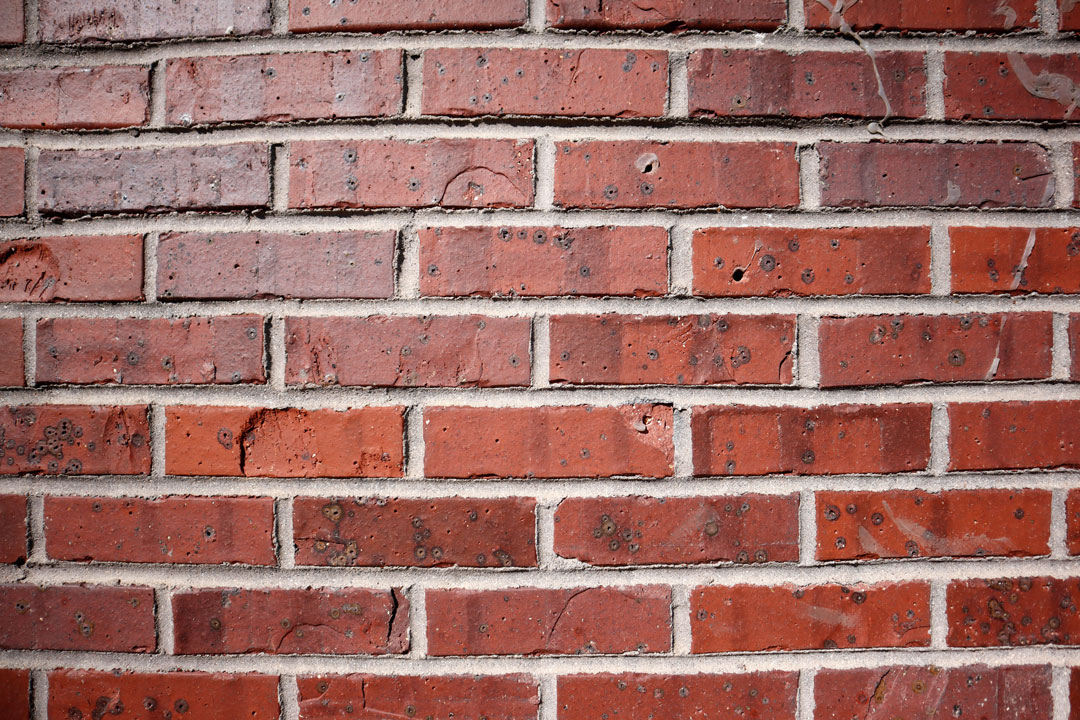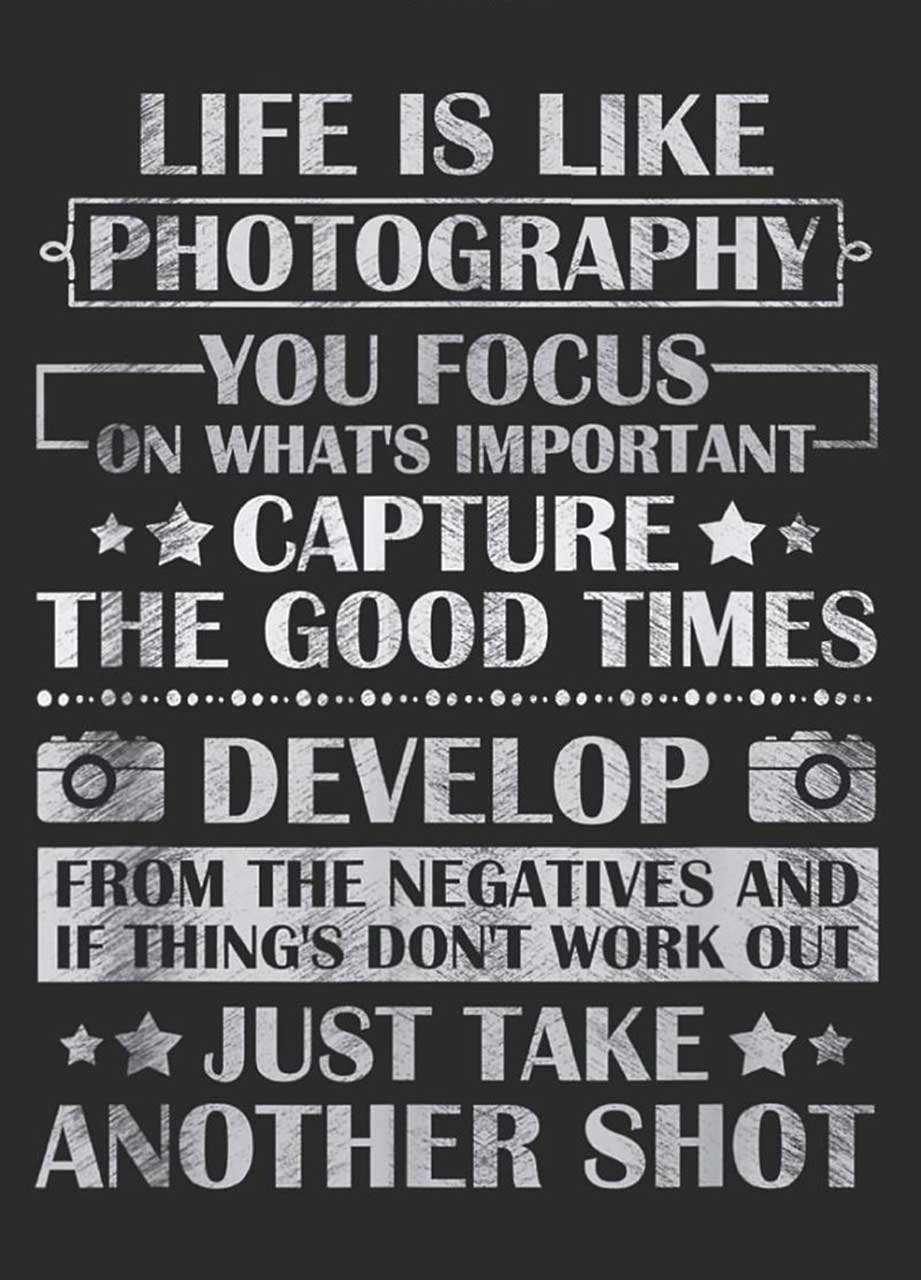Today’s Post by Joe Farace
It’s also National Chocolate Milkshake Day that is a day that brings chocolate and ice cream lovers together. Forget the calories for just this one day and enjoy a sweet tall, thick and delicious, chocolate milkshake!
I was never the kind of guy that would shoot lens tests by photographing a resolution chart such as the classic 1951 USAF resolution test chart. I never even shot the “inexpensive resolution chart” by taping a sheet of newspaper to the wall and shooting that. But I am a big fan of shooting a brick wall but not so I that can brag about how great or bad a lens is at the camera club or on on-line forums. I have successfully been using this kind of test with all the lenses that I’ve reviewed for this blog and photo magazines, back when there were such things as real print magazines. But I also do it when I get a new lens for my personal use. When people attend one of my PhotoWalks (when we get them restarted in 2024) ask, “well, how sharp is that lens?” I can tell them how it went when photographing my brick wall test.
 You can use the Brick Wall Test too…
You can use the Brick Wall Test too…
…not just to test for sharpness but also use it to check for distortion and vignetting.
What to look for: With any good lens, edge sharpness should increase as a lens is stopped down. Barrel distortion causes the edges of the image to bend outward and pin cushion distortion causes the edges of the image to bow inward, all of which is easy to see in a photograph by looking at the alignment of the mortar in photograph of a well-placed rows of brick. Vignetting, which is also affected by aperture, can show a gradual darkening towards the image’s corners, which is not all that bad for portraiture and even Ansel Adams burned the four-corners of his prints to focus the viewer’s attention on the subject. But like everything else in photography, it’s your call whether this is a good or bad thing. But I’ve tested lenses for Shutterbug and other publications where the vignetting was different on different edges of the frame.
How I Made this Shot: This shot of the brick was was made with the Canon EOS M6 Mark II EF-M and 15-45mm f/3.5-6.3 IS STM lens. At f/3.8 and 15mm, the EF-M 15-45mm f/3.5-6.3 IS STM lens exhibits a mixture of both barrel and pincushion distortion, sometimes known to as mustache or complex distortion. It starts out as barrel distortion close to the image center and gradually turns into pincushion distortion towards the edges, making horizontal lines in the top half of the frame look like a handlebar mustache. Oh yeah, there slight vignetting in the corners too but that goes away by f/8. This is not a very good lens…
So if you pick up a used or new lens and want to see how much of a bargain it really is, go shoot a brick wall at different apertures and if it’s a zoom lens, be sure to shoot it at different ends of its focal length range. Then blow the shots up filling your monitor, checking for sharpness in the center and edges. The Loupe tool that’s built into Adobe Photoshop/Bridge works pretty good for this too. Any lens aberrations should stand out clearly enough, alwasy depending on how well the courses of bricks were laid.
If you would like to see the actual wall of bricks I use for all my tests, I’ll be sponsoring a free Photowalk in downtown Parker sometime in 2024 and part of the walk will take us past that very wall so you can make some test shots there as well.
 If you enjoyed today’s blog post and would like to buy Joe a cup of Earl Grey tea ($2.50), click here. And if you do, thank so very much.
If you enjoyed today’s blog post and would like to buy Joe a cup of Earl Grey tea ($2.50), click here. And if you do, thank so very much.
If Life is just a box of Chocolates, I suggest you pick up a copy of